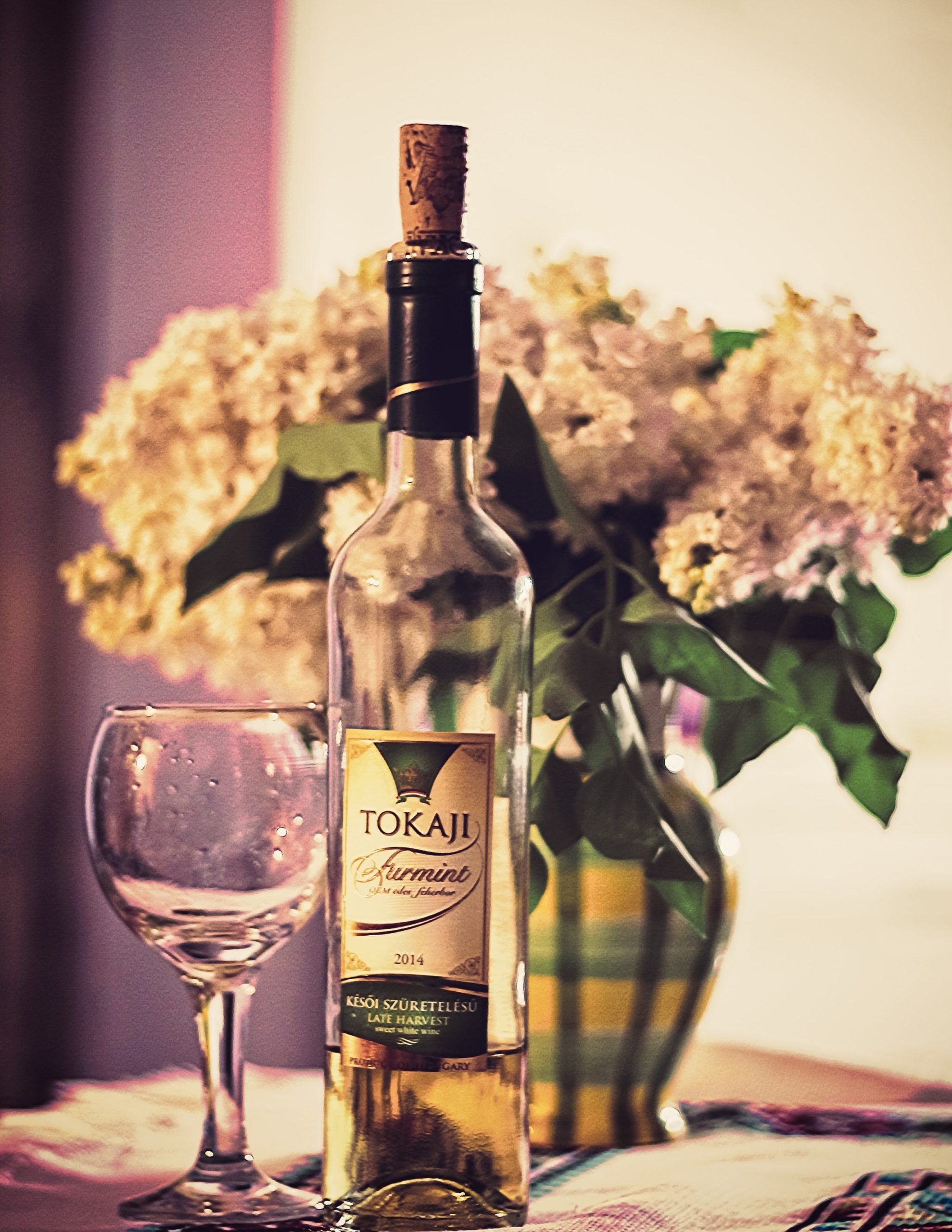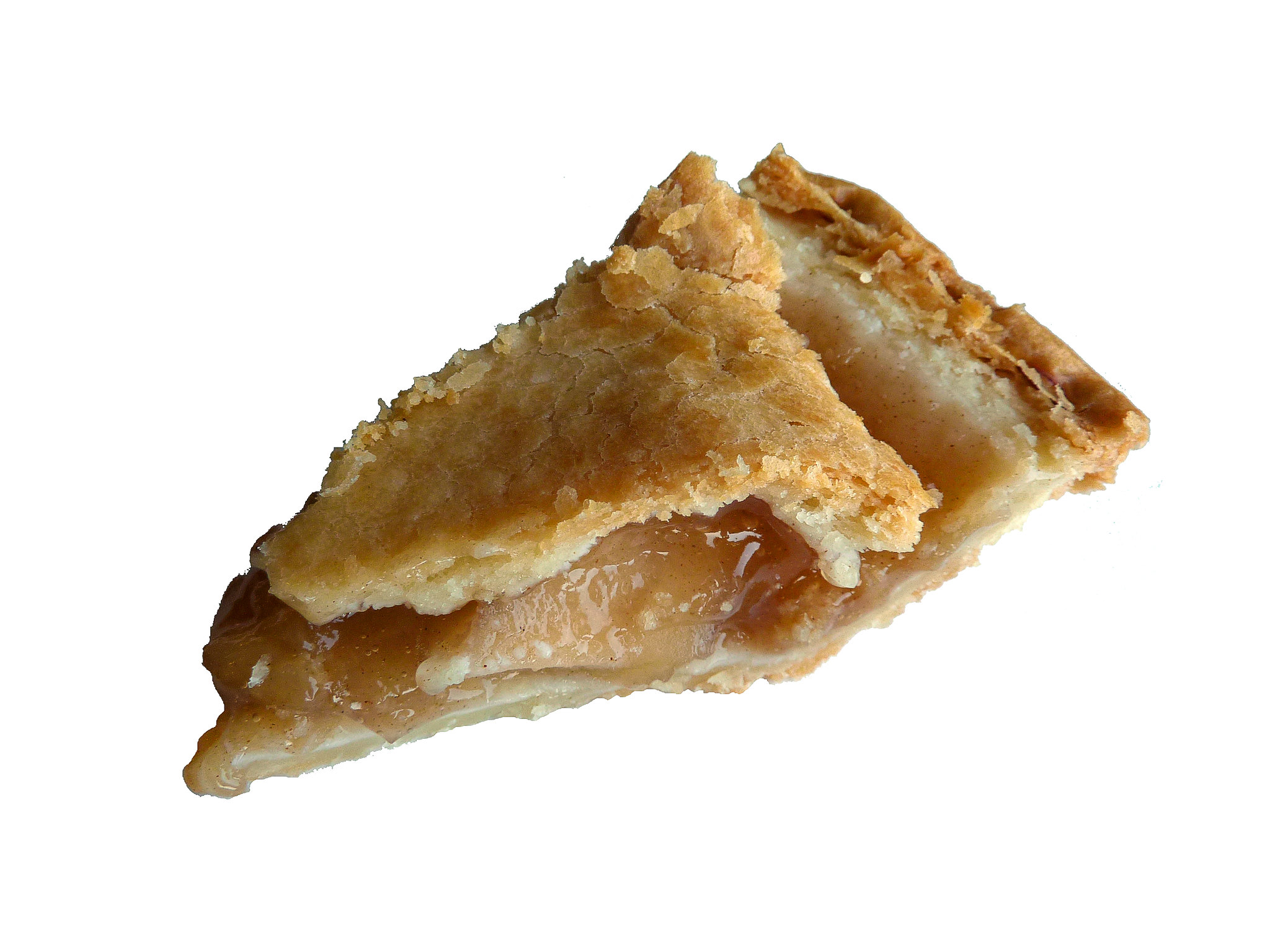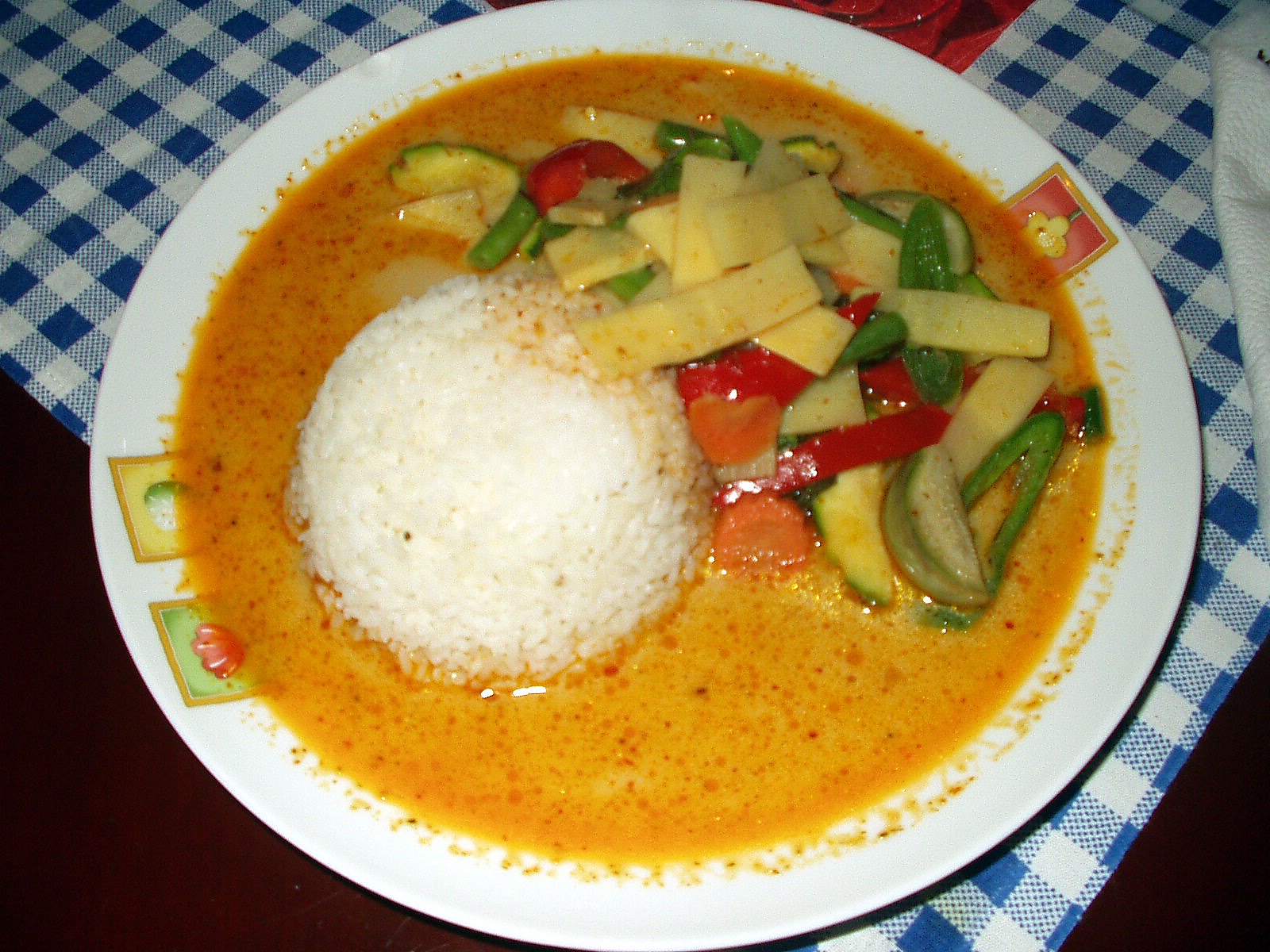At the start of 2021, Mike and I decided to just stay home and celebrate the year with our respective families. While I’m waiting for the pandemic to subside, I’ll be taking a trip down memory lane by looking through the stuff I purchased on my previous trips abroad.
One of the items I bought a demi-sec riesling dessert wine from Germany. What inspired me to purchase a bottle of this wine was my experience with German desserts. I wanted something “sweet” to bring home to my folks — and wine was one of the first things that popped into my mind.
We’ll be discussing this sweet type of booze along with excellent food and dessert wine combinations you can try at home.
What’s a Dessert Wine Anyway?

Dessert wine is any wine you enjoy during or after a delicious dessert. This beverage usually has higher alcohol content and comes with a pronounced flavor and sweetness.
The sweetness in a dessert wine refers to the amount of residual sugar that remains after fermentation. You can expect a dry wine if it has less sugar in it. On the other hand, you can enjoy sweet wine if it has high levels of residual sugar.
The Process of Making a Dessert Wine
Winemakers have several methods in producing a good dessert wine. They could use late-harvest grapes left on the vines. They then allow these grapes to take on the qualities of raisins. Doing so bumps up the level of sugar content in the fruit.
Another process that winemakers use is to halt the fermentation early in the process. This way, the yeast won’t eat the sugar and preserve the wine’s natural sweetness.
A third option is to sweeten the wine using two ways. The first is fortification, a process that uses a distilled spirit, such as brandy or cognac, to fortify the wine.
The second is chaptalization, a process that involves adding sugar to unfermented grapes to raise alcohol content after fermentation. Take note that this process isn’t legal everywhere. Some winemakers believe that chaptalization gives wine growers in less-than-ideal areas an unfair advantage in the marketplace. Winemakers feel that these growers can manipulate the end product more aggressively to achieve desirable grape-sugar levels.
A Look at the Categories of Dessert Wines

The market offers various types of dessert wines, but most fall into five main styles. These are the following:
Fortified Wine
Winemakers produce this alcoholic dessert beverage by adding grape brandy to the wine. Many of the fortified dessert wines you find on the market have a longer shelf wine after opening and contain an alcohol by volume (ABV) level of 17 to 20 percent. Examples of fortified dessert wines include tawny port, cream sherry and Malmsey Madeira.
Sweet Red Wine
People often try this type of wine as a “transitionary wine” from whites or reds, or as an introduction to wine. A dessert red wine in the wine world serves as the antithesis of dry red wine. A few examples include Brachetto d’Acqui, Recioto Della Valpolicella and lambrusco.
Sparkling Dessert Wine
The high acidity and carbonation present in a sparkling dessert wine makes this alcoholic beverage less sweet compared to other styles. A few sparklers and dessert wine champagnes you could try are the Moscato d’Asti, demi-sec riesling (the one I purchased in Germany) and fruity sparkling rosé.
Richly Sweet Dessert Wine
Winemakers produce this style of dessert wine using premium quality grapes in an unfortified style. Richly sweet wines can age for more than 50 years, as their acidity and sweetness preserve their fresh flavor. A few examples of this wine style include Italian vin santo, ice wine, Sauternes and Tokaji.
Lightly Sweet Dessert Wine
This light and sweet variety offers a refreshingly sweet flavor that’s ideal for a warm and sunny afternoon. You can expect these dessert wines to be bursting with fruit flavors. They’re also best enjoyed by drinking them close to their vintage date. A few examples from this wine style include chenin blanc, viognier and gewürztraminer.
Sweet Foods that You Can Pair with Dessert Wines

Dessert and wine pairings are ideal for various occasions, including anniversaries, family gatherings, Valentine’s dates and summer parties.
A few pairings that you could give a shot are the following:
Gewürztraminer and Apple Pie
This dessert wine is highly aromatic and famous for its perfume of spice, lychee, citrus and rose. The great thing about Gewürztraminer is that it mixes spice and fruit just like a classic apple pie. The pairings “lychee and crust,” “ginger and cinnamon” and “citrus and apple” combine deliciously without overloading the palate.
Vouvray Brut and Strawberry Shortcake
Vouvray brut is a mouth-puckering, crisp white wine that contains hints of honeysuckle, pear and green apple. The acidic bite that comes with this dessert wine cuts through the richness of the whipped cream and the shortcake. What’s more, the wine’s fruity flavors beautifully complement the fresh flavor of the strawberry.
Brachetto d’Acqui and Chocolate Mousse
This dessert wine selection features red berry notes along with a sweetness that won’t overpower your palate. The sweet, little bubbles of Brachetto d’Acqui slice right through the heavy and rich creaminess of the chocolate mousse. The wine also adds notes of red flowers and candied fruit.
Think of this food and dessert wine pairing as munching on a chocolate-covered strawberry, but with more sparkle.
Dry Riesling and Peach Cobbler
This dessert wine offers some amazing hints of green apple and citrus. Its fruit flavors and bright acidity enhances the peach cobbler’s fruitiness and slices through the peach’s syrupy sweetness. Also, the earthier tones found in this alcoholic drink will highlight the flaky crust of the cobbler.
Want to Pair Dessert Wines with Savory Dishes? Go For It

We said earlier that dessert wines are alcoholic beverages that you drink during or after a dessert. You don’t have to follow this rule strictly, though. If you prefer to pair dessert wine with a savory dish, go right ahead.
If you’re not sure what savory foods go well with a nice dessert wine, consider these options:
Riesling and Spicy Foods
The sweetness in a dessert wine has positive effects in balancing a spicy dish. If you’re planning to munch down on spicy Thai food, cool down the fiery cuisine by drinking a glass of riesling that contains a decent amount of residual sugar. As for curries and spicy veggie dishes, opt for a richer riesling containing fall fruit flavors, such as quince, pear or apple.
Dessert Wine and Various Types of Cheeses
The sweet and salty combination will surely satisfy your palate. You could start your meal by pairing sweet sparkling dessert wines, such as Moscato d’Asti and demi-sec Champagnes with soft goat cheeses or Parmigiano-Reggiano.
Another pairing you could consider is Malmsey Madeira with nutty-flavored cheeses. This dessert wine is richer, sweeter and has more acidity than port wine. Also, Madeira’s slight toasted nut flavor pairs wonderfully with cheeses that have a nutty character, such as Zamorano, Petite Basque and Gruyère.
Pro-tip: wine and cheese pairings can get quite particular. If you’re new to this combination, check your beverage director or sommelier for recommendations.
Dry Riesling and Ceviche
Go ahead and pair ceviche, a raw seafood dish, with a dessert wine, such as off-dry Riesling. The slight sweetness and low alcohol level of Riesling keeps the ceviche’s spicy capsaicin component in check.
A dessert wine is a sweet alcoholic beverage that you can enjoy with sweet or savory food — or on its own. If you’re planning to serve this drink at a party, make sure to serve this beverage in smaller glasses, as dessert wine typically has high alcohol content.




